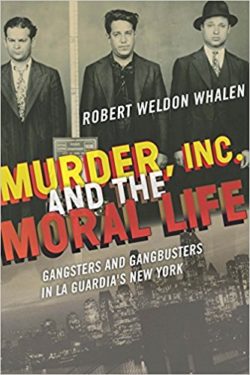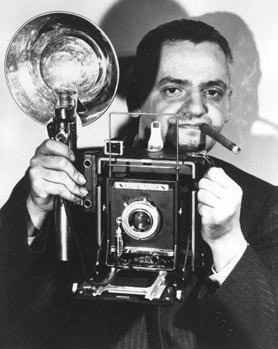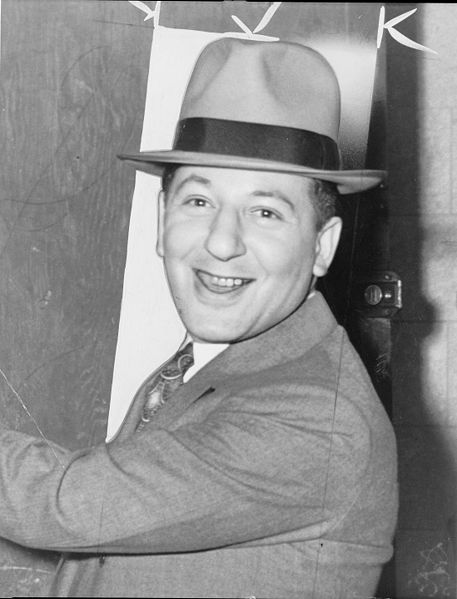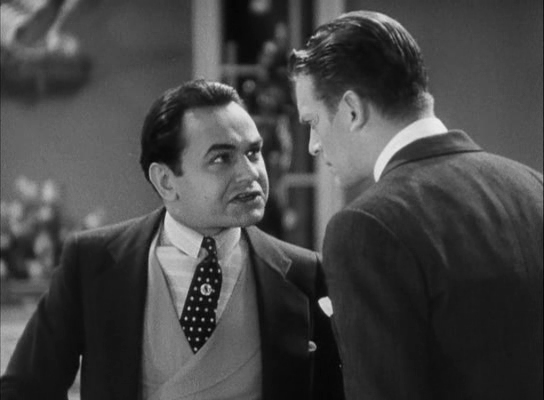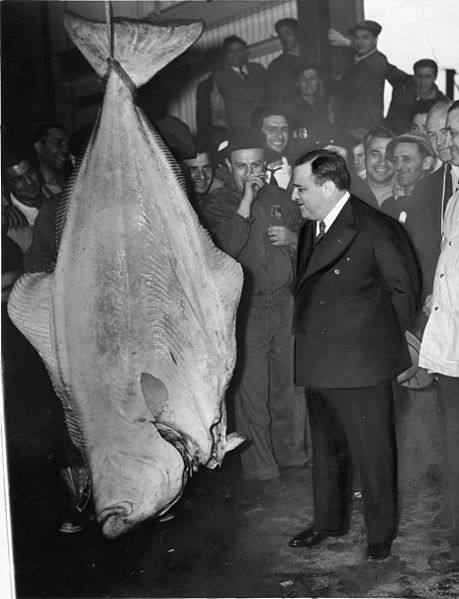| Once upon a time, the American public was fascinated by the spectre of criminality. This era lasted from about 1920 to 1940 and spanned Prohibition and the Great Depression. Sometimes referred to as the golden age of gangsterism, it inspired a profusion of Hollywood movies like Little Caesar and Scarface, an avalanche of novels like Damon Runyon’s Guys and Dolls and E.L Doctorow’s Billy Bathgate, and an outpouring of racy newspaper stories.
|
||
This period came to a crashing end in 1940 and 1941 with a series of murder trials in Brooklyn that shocked and entertained New Yorkers. The defendants were nicknamed Murder, Inc., a reference to a gang of hoodlums in Brooklyn’s Brownsville neighbourhood led by Abe “Kid Twist” Reles, a notorious Jewish mobster who engaged in a wide range of crimes.
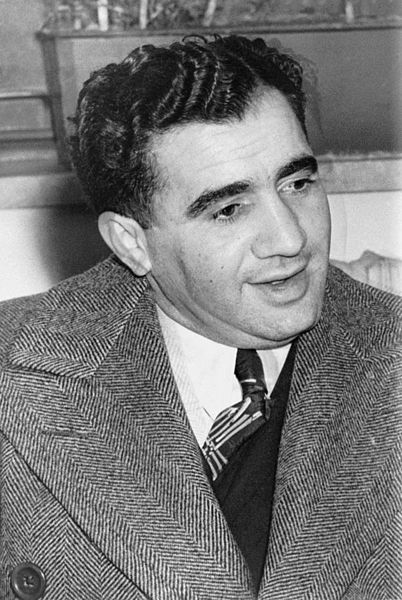
|
||
| As Robert Weldon Whalen writes in his absorbing book, Murder, Inc. and the Moral Life: Gangsters & Gangbusters in La Guardia’s New York (Fordham University Press), the expression Murder, Inc. was both “a criminological reality and a cultural phenomenon,” located somewhere between the sensibilities of newspaper columnist and author Damon Runyon and the photographer Arthur Fellig, popularly known as Weegee.
|
||
| A sportswriter who mastered the colloquial, wise-guy style of the Big Apple, Runyon began writing short stories about the city’s demimonde in the 1920s. “Runyon’s characters were gamblers and hustlers, petty criminals and hoodlums, figures from a modern Three Penny Opera,” says Whalen, a professor of history at Queens University of Charlotte, North Carolina. | ||
| Fellig, too, reflected the noir world of Murder, Inc. A Jew born in the Ukraine, he arrived in the United States in 1910. By the 1930s, his weird, gruesome and graphic photographs appeared in all of Gotham’s newspapers. “He snapped pictures of accidents and fires, circus clowns and murdered hoodlums,” writes Whalen. “Most were taken in the middle of the night when decent New Yorkers were safe in their beds.” In 1945, he published a collection of his work in Naked City, which became the most profitable coffeetable volume in the annals of photography.
|
||
| At its height, Murder, Inc. consisted of perhaps 20 active members and an equal number of local youngsters who hung around them. Its membership of Jews, Italians and Irish reflected the ethnic composition of the district in which they lived and operated. Whalen mentions a few of them, notably Harry “Pittsburg Phil” Strauss, Harry “Happy” Maione and Martin “Buggsy” Goldstein. | ||
| Some of the gangsters in Murder Inc. worked for such kingpins as Louis “Lepke” Buchalter, who terrorized the needle trade and the trucking industry. “Lepke and his gang went from business to business and union to union, demanding to be paid off or else,” says Whalen. He adds: “The U.S. government’s hunt for Lepke became one of the media sensations of the late 1930s. Lepke would turn himself into the best-known radio personality of the day, Walter Winchell.”
|
||
| As Whalen points out, the period during which Murder, Inc. flourished coincided with the epoch when Jewish hoodlums, the children of immigrants, were riding high. Whether Jewish, Italian or Irish, all the gangs cooperated with each other, waged war on each other and betrayed each other. | ||
| Hollywood, in particular, and the media, in general, created the gangster persona. Typified by the actors Edward G. Robinson and James Cagney, this persona was instantly recognizable and, as Meyer Lansky’s biographer noted, was rooted in the conviction that New York was a city where everything was for sale.
|
||
| In the eyes of the public, the typical gangster was easily spotted: As Whalen observes,”The snap-brim fedora, the suit with the padded shoulders, the strut, the attitude, the fractured grammar, the bundle of money in the pocket, the gun in the shoulder holster bulging behind the double-breasted suit jacket — everyone knew what a gangster was supposed to look and sound like.” | ||
| Their nemeses tended to be the sons of immigrants as well. Burton Turkus, Brooklyn’s assistant attorney-general, prosecuted Murder, Inc. The mayor of New York, Fiorello La Guardia, whose mother was a Jewish Italian, campaigned for office on a pledge to drive the mobsters out of town.
|
||
| The opportunity arose with the five major trials of Murder Inc. Seven defendants, including key figures in Reles’ gang, were convicted, sentenced to death and executed. | ||
| With the demise of Murder Inc., the word “gangster” became a metaphor for evil. No longer could gangsters captivate America the way they had just a few short years ago. |
Categories
Murder Incorporated


